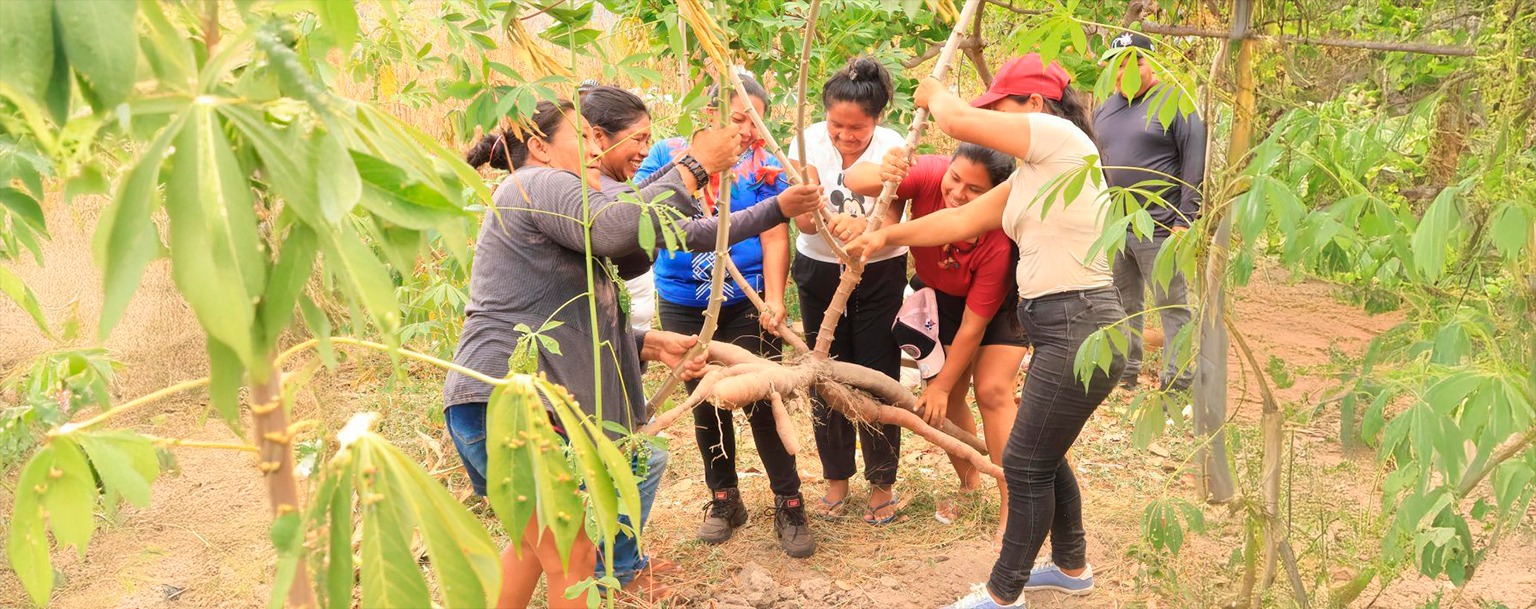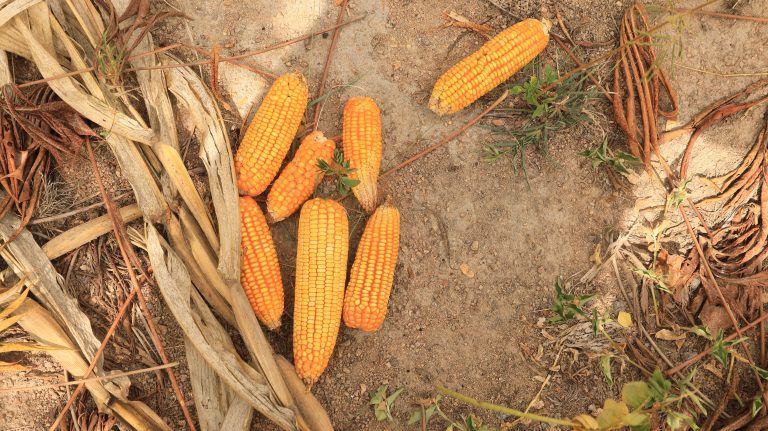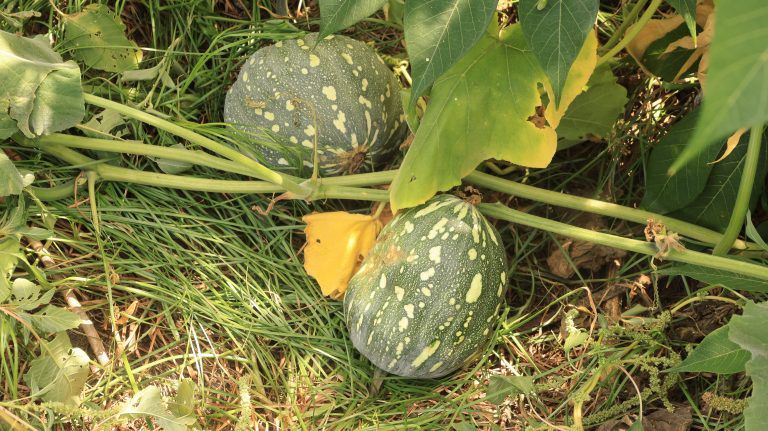Sustainable practices drive Indigenous agriculture in Brazil
22 de February de 2025

By Ian Vitor Freitas* – From Cenarium
BOA VISTA (RR) – Located more than 200 kilometers from Boa Vista, the capital of Roraima, the Baixo Cotingo Region is one of the ethno-regions of the Raposa Serra do Sol Indigenous Territory (IT), in the indigenous community of Camará. This community engages in agricultural activities led by indigenous leaders, women, youth, and children. The family farming practiced there keeps alive the autonomy and sustainable traditions of indigenous peoples.
In an area of more than one and a half hectares, the community showcases a politically, socially, and culturally significant history of the peoples of Roraima. With a workforce composed mostly of women, the region sustainably produces cassava, corn, and squash, along with other vegetables used by the residents of Camará.

According to Ecycle, indigenous crops are currently referred to as “orphan crops” because they do not hold a significant role in the global agricultural economy. However, as they are exclusively adapted to their local environments, the production of these foods is more resistant to adverse climatic conditions, which could help develop new agricultural techniques.
This practice is highly valued in Baixo Cotingo, which, at the beginning of 2024, lost a large portion of its traditional seeds due to wildfires and droughts. According to regional women’s coordinator Nelia Lima, donations from the Canauanin Indigenous Community and the Serras Region helped restore their crops.
“We lost our traditional seeds due to droughts and wildfires. It was a very difficult time, but we received help from the Canauanin community, which donated cassava cuttings, and now we have recovered our fields. In the first harvest, we gathered eleven sacks of corn. We have already made flour, extracted tucupi, starch, and other cassava-based products, and we are grateful to everyone for their help,” she recalled.
The second Tuxaua (community leader), Jonelson Macuxi, emphasizes that the donation of cassava cuttings was crucial for maintaining sustainable agricultural production in the community.

“The work began on April 3rd. With the community’s participation, things have worked out well. We managed to plant this field, and the goal is to multiply the seeds and also help other communities. I thank Mrs. Neilandia, the Tuxaua of the Canauanin community, for the donation,” he said.
Agricultural Production led by Indigenous Women
To maintain productivity in the community and ensure food for residents, activities led by Nelia take place twice a week, involving cleaning and harvesting cassava cuttings. The entire process is carried out with significant participation from the women of the community, but the foundation of the work lies in collectivity, with support from men, youth, and elders.
These communities face numerous challenges, especially with modern agricultural practices. Despite this, they continue to fight to ensure food security for their group.
Not even the region’s challenges, particularly the lack of water, have hindered the benefits and results of their farming efforts. Some of the cassava cuttings are nearly ready for harvest, and the large cassavas are a result of organic fertilizer prepared with cattle manure.
Future plans include expanding production to include beans, squash, manioc, and peppers. To achieve this, a new area near the community, located in the hills, is already being prepared to receive seeds.
Young Otaviana Lima, who has been involved in the process since the beginning, believes that the contribution of young people to local agriculture is essential.
“I helped for the first time and realized how important it is for young people to participate. Learning from the elders how to plant and care for a field is vital because this is where we get the sustenance for our families and our community. I hope this field continues, and I will do my best to take care of it,” she emphasized.
Without heavy machinery or pesticides, the Camará community preserves the heritage of indigenous peoples through manual labor. The next harvest is approaching, and soon, tables will be filled with healthy products, which will be consumed and sold by the community’s residents.

